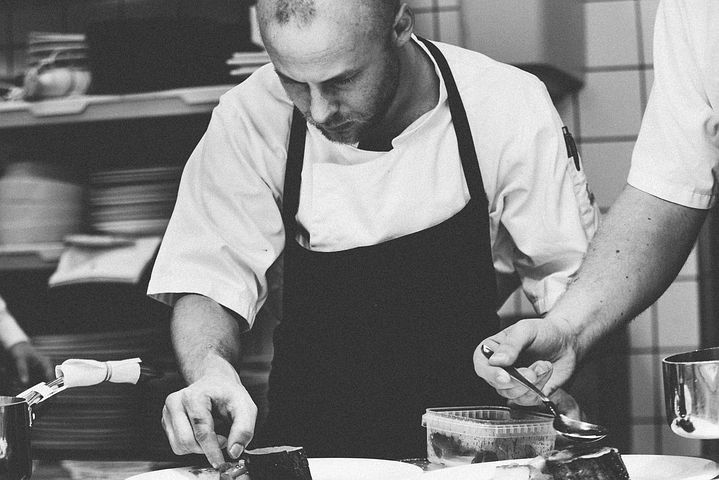As consumers increasingly turn to pickup and delivery to enjoy a restaurant-made meal, big players and smaller operations alike are setting up ghost kitchens to maximize space and provide superior customer service.
Often seen as the next step in the food delivery trend, ghost kitchens, or cloud or dark kitchens as they’re sometimes referred to, are set up with the sole purpose of preparing food for delivery or pickup. “There are no storefronts and no dining areas; if there’s space to wait for food, it’s usually reserved for the Uber Eats or DoorDash folks driving your meal around,” writes Jennifer Marston.
“The idea is that companies who want to grow their user base or meet the demand for delivery don’t have to open more restaurants to do so; they just need to find more kitchen space,” she writes.
How companies benefit from the model
Ghost kitchen outposts offer chefs and restaurants lower overhead in terms of real estate and employment while also allowing them to try different concepts and make their food available to customers who might not otherwise be able to access it. Quickserve chain Fatburger, for example, is turning several of its California locations into ghost kitchens for sister restaurant Hurricane Grill & Wings, which currently has no stores in the state.
Zoku Sushi founder and CEO Charlie Yi has been testing the ghost kitchen concept to deliver high-quality sushi to New Yorkers. As Yi told the New York Post, the lack of traditional restaurant staff allows the operation to focus on employing the best chefs while also keeping delivery customers satisfied. Yi also prefers to use his own delivery people in order to preserve the integrity of his brand.
“We are building our own high-end sushi brand…,” Yi said. “We are to restaurants what Warby Parker is to eyeglasses, what Everlane is to fashion, and what Caspar is to mattresses. We have a brand, and the internet is our storefront.”
Even for bigger players like Chick-fil-A, Starbucks and Red Lobster, ghost kitchens allow companies to keep an eye on customer service without stretching their in-store employees and resources too thin. Starbucks has opened several ghost kitchens in China and is currently exploring ways to bring the model stateside.
Red Lobster, meanwhile, is in the process of opening its own ghost kitchen, which will be part of a facility that is home to additional restaurants. Details are currently limited, but CEO Kim Lodrup sees the potential of using off-premise kitchens.
“We believe by putting in delivery-only kitchens, we can grow our business pretty substantially and develop those units much faster than traditional restaurants,” she told CNBC.
Will the trend last?
While ghost kitchens have both benefits and drawbacks, many believe the trend is here to stay, especially considering new research from the National Restaurant Association that shows a whopping 60% of restaurant meals are now consumed off-premises.
Restaurants, chefs and third-party delivery companies are being given a unique opportunity to try out new ideas and enter new geographical regions with little overhead and little risk. With tech giants like Google and Amazon investing in ghost kitchen startups and delivery services, the time is ripe for the concept to grow legs.
“We’re seeing a paradigm shift in how restaurants get started, and in how they operate,” writes consultant Christopher Sebes. “Restaurateurs wanting to get in the game will have immense opportunities; it will just look a lot different than it does today.”
Related stories:
- Retailers, restaurants tap into a powerful resource that’s in their employees’ own pockets
- The new convenience: Rethinking our notions of fast and easy
- Campus dining isn’t what it used to be
_____________________________________
If you enjoyed this article, sign up for Restaurant Smartbrief to get news like this in your inbox, or check out all of SmartBrief’s food and travel newsletters as we offer more than 30 newsletters covering the food and travel industries from restaurants, food retail and food manufacturing to business travel, the airline and hotel industries and gaming.
